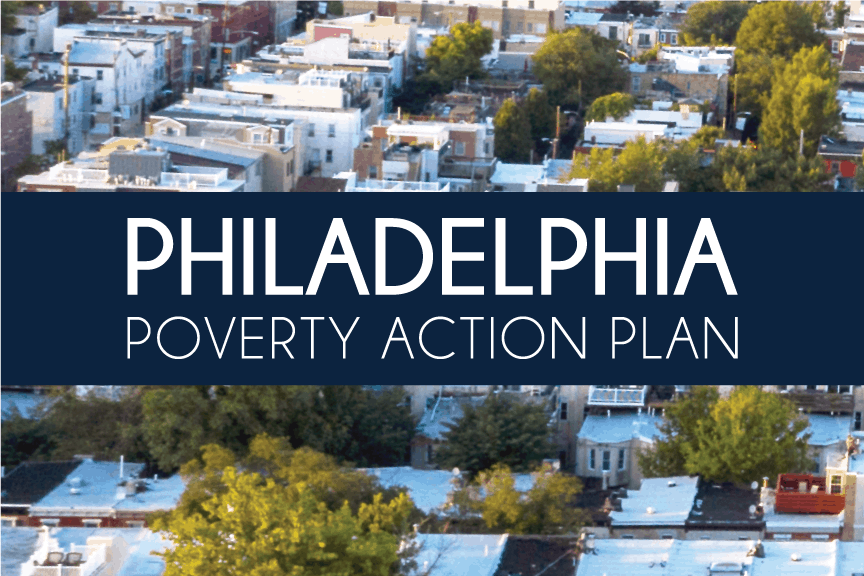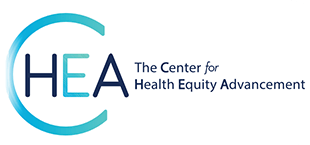Select Key Metrics on Socioeconomic Disadvantage
 Rates of Poverty
Rates of Poverty
Percent of adults and children living below federal poverty guidelines.
 Unemployment Rate
Unemployment Rate
Percent of population >16 years of age who are unemployed, but seeking work.
Background
Poverty
Non-Hispanic Black and Hispanic households in Philadelphia earn approximately half of the amount earned by non-Hispanic white residents and experience higher rates of poverty, defined as living below federal poverty guidelines.
Philadelphia is a racially segregated city. In over 83% of the city's residential census tracts, one racial or ethnic group accounts for at least 50% of the population.
Source: Philadelphia 2021: State of the City, The Pew Charitable Trusts | 2021. Data Source: U.S. Census Bureau, American Community Survey, five-year estimates
As a result, many Philadelphians experiencing poverty live in racially concentrated poverty. 80% of all Hispanic Philadelphians and 78% of non-Hispanic Black Philadelphians live in areas where at least 20% of residents live in poverty.
Children in poverty
As of 2019, 32% of Philadelphia’s children are living below federal poverty guidelines. Children in poverty in Philadelphia are predominantly Hispanic and non-Hispanic Black, and vast disparities in the proportion of children living below federal poverty guidelines are present across Philadelphia neighborhoods, ranging from 3.8% to 67.1%.
Living in poverty during childhood:
- Leads to increased risk of severe chronic conditions and their complications such as asthma, obesity, and diabetes
- Negatively influences mental health and psychological well-being in adulthood
- Limits educational and occupational attainment
Unemployment
Non-Hispanic Black and Hispanic Philadelphians are unemployed at more than double the rate of non-Hispanic white Philadelphians.
Source: US Census Bureau, American Community Survey, 1-year estimates | 2015
- Can lead to stress and related health effects such as increased blood pressure
- Has been linked to higher rates of alcohol and tobacco use
- Places constraints on ability to consume a healthy diet and exercise
- May limit access to health care because employer-sponsored health insurance is the most common source of health insurance in the United States
Ongoing Efforts in the Philadelphia Community

Led by the City Council of Philadelphia, the Philadelphia Poverty Action Plan is a public-private collaborative with the goal of lifting 100,000 Philadelphians out of poverty in four years. The program aims to help diverse Philadelphians including children, working adults, non-working adults, and seniors.
The Center for Health Equity Advancement (CHEA) is working to partner across the Penn Medicine enterprise, inpatient and outpatient care settings, to develop and deploy standard practices for implementing assessments of social needs/social determinants of health (SDOH) at point-of-care with support and referral interventions for positive screens. The primary goal of these efforts is to facilitate effective care coordination, progression of care, and transitions of care across the continuum.

CHEA is representing Penn Medicine in a partnership with findhelp.org, the largest closed-loop referral network for social services in the United States that also integrates with Epic (Penn Medicine’s electronic medical record platform), as a first tier, broad approach to addressing unmet social needs identified by the screening module. CHEA is leading the effort to implement and optimize the platform across the Penn system, re-branded as Resource Connects.
Efforts listed here may be independent of Accelerate Health Equity. Check back to learn about a broader list of health equity efforts.
